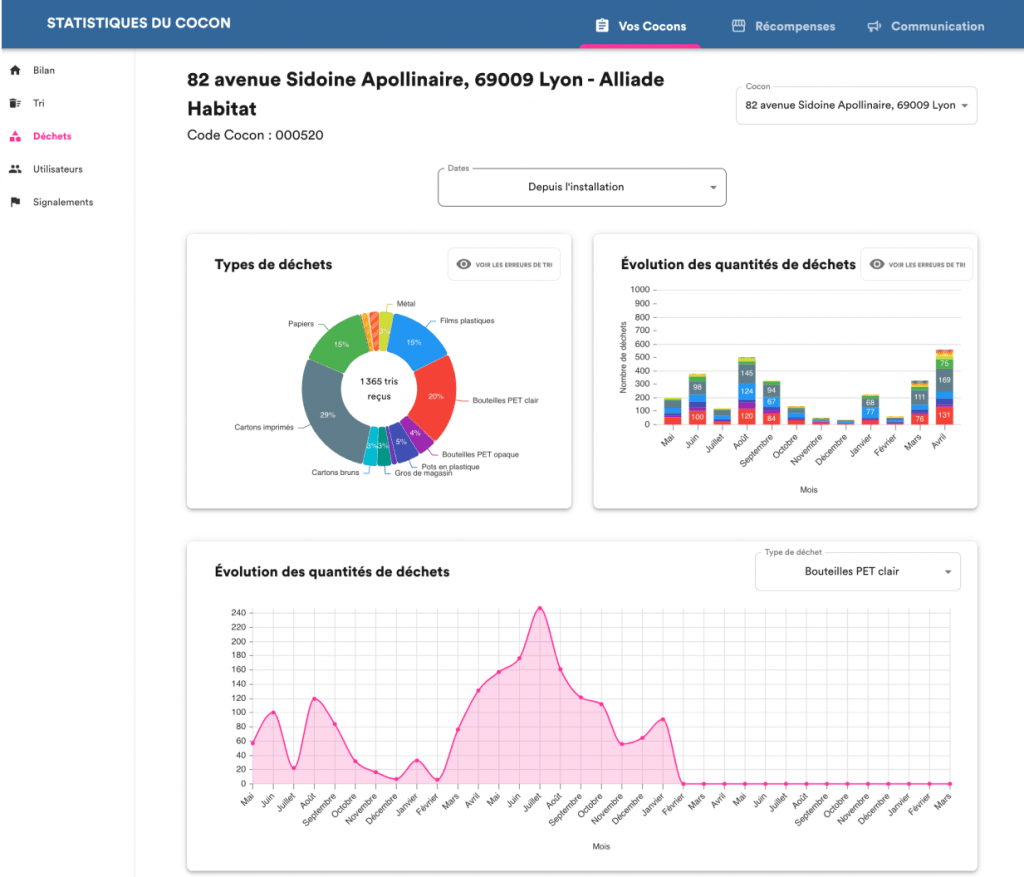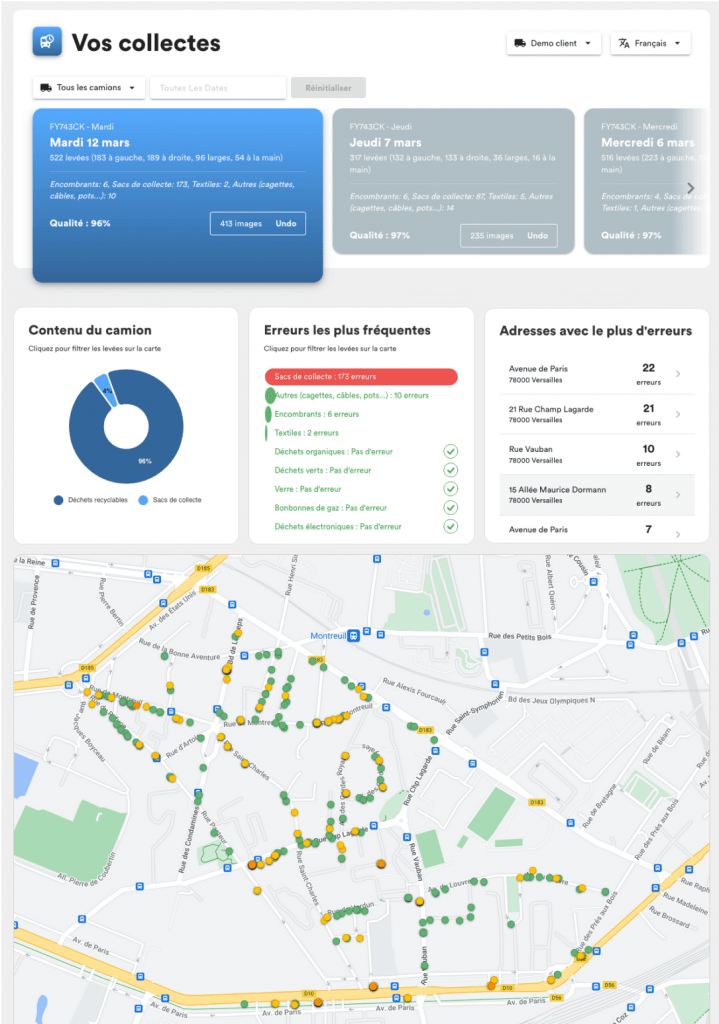How it works ?
Incentive pricing (IT) charges a waste producer based on the weight and volume of the household waste bin (grey bin). This is the polluter pays principle. To put it simply, this tax is lower for a household that sorts its packaging and paper than for one that does not.

Currently, according to Citeo, 6 million inhabitants in France benefit from this system which encourages the sorting gesture. French law nᵒ 2015-992 of August 17, 2015 relating to the energy transition for green growth provides that by 2025, half of the French territory will be affected by this tax. But why is it so important?
Because it allows an average increase of 30% in packaging (plastic, cardboard, metal) and sorted paper!
TEOM, REOM, who pays?
In order to finance the collection and treatment of waste, municipalities or groups of municipalities can establish a tax or fee. We know that there are many acronyms related to waste collection, but we will clarify the two main ones: household waste collection tax (TEOM), household waste collection fee (REOM).
- TEOM (the most common): The household waste collection tax is a local tax, proportional to the built property. It is paid by the owner concerned by the property tax (then often passed on to the rents if the property is rented). There is therefore no relationship between the amount of the tax and the waste collected from the taxpayer.
- REOM: In the case of the household waste collection fee, it is the tenant who must pay it, not the owner. It is only payable when the service is used, it is therefore linked to the service provided by the community. Different rates are possible depending on the frequency of collections. It is the municipality that sends the invoice and determines the date of its collection.
So incentive pricing is an additional tax?
No! This is a system that aims to encourage waste sorting and reduce the production of household waste. As a result, an incentive portion representing 50% of the tax will be added to the current tax, the TEOM becomes TEOMI (incentive household waste collection tax), and the REOM becomes REOMI (incentive household waste collection fee). As a reminder, this incentive portion is calculated based on the weight and volume of the household waste bin (grey bin).
I am a social landlord / collective housing manager
If you are a housing manager or social landlord, incentive pricing has implications for you. It will be added to the costs of your TEOM or REOM.
Note: there are still 70% of sortable waste in the household waste bin of collective housing. That is as many avoidable costs.
How to anticipate this tax?
In order to anticipate the arrival of this tax, it is necessary to establish good awareness of sorting practices. This helps to reduce sorting errors and encourage sorting. It is estimated that effective awareness of sorting can save €86/household/year on the incentive tax. Finally, according to theAdeme, as soon as IT is implemented, communities notice a reduction in household waste and an improvement in selective collections.
You can read our latest articles here.
Follow us on our social networks and join the fichamif!



